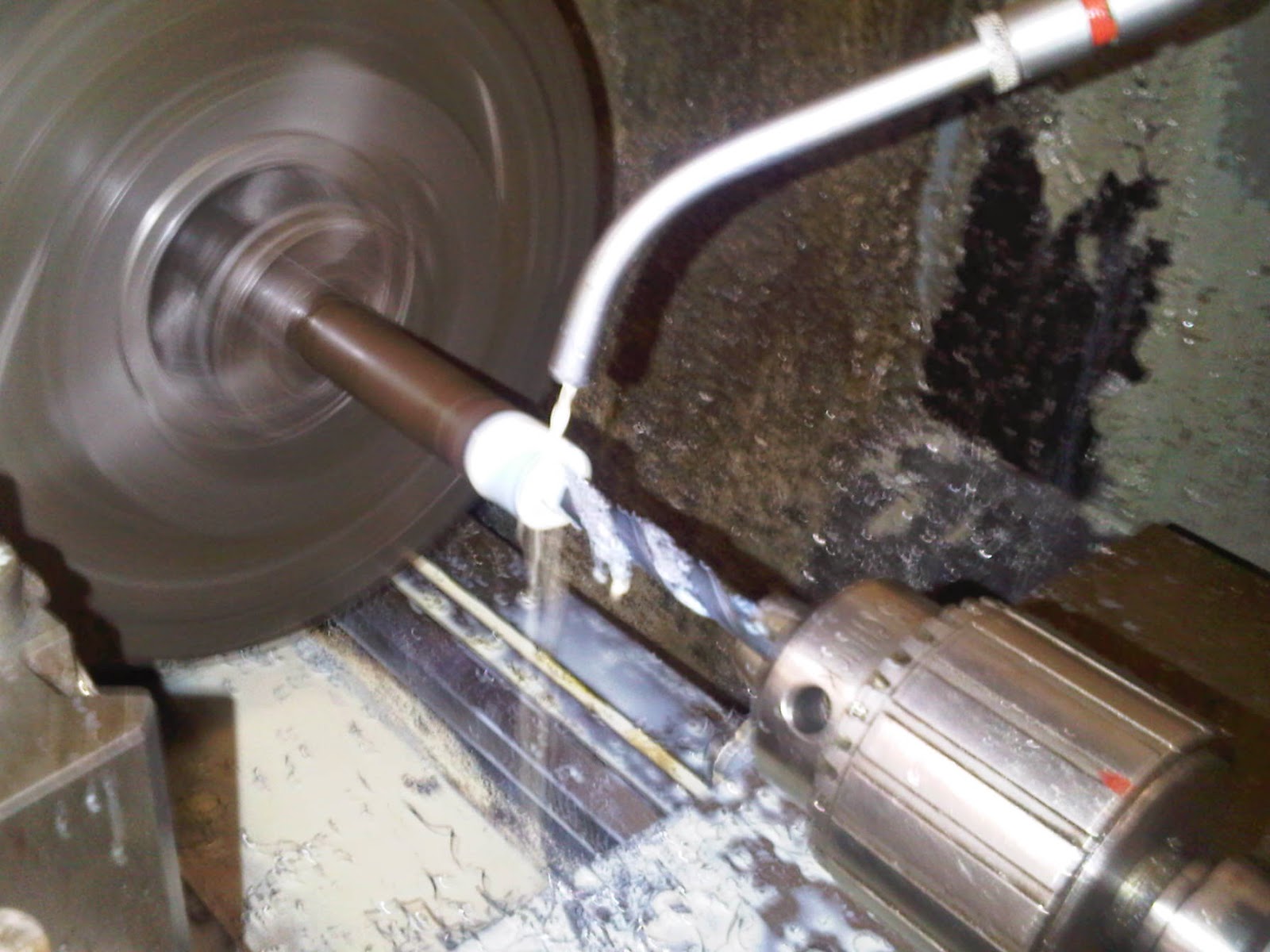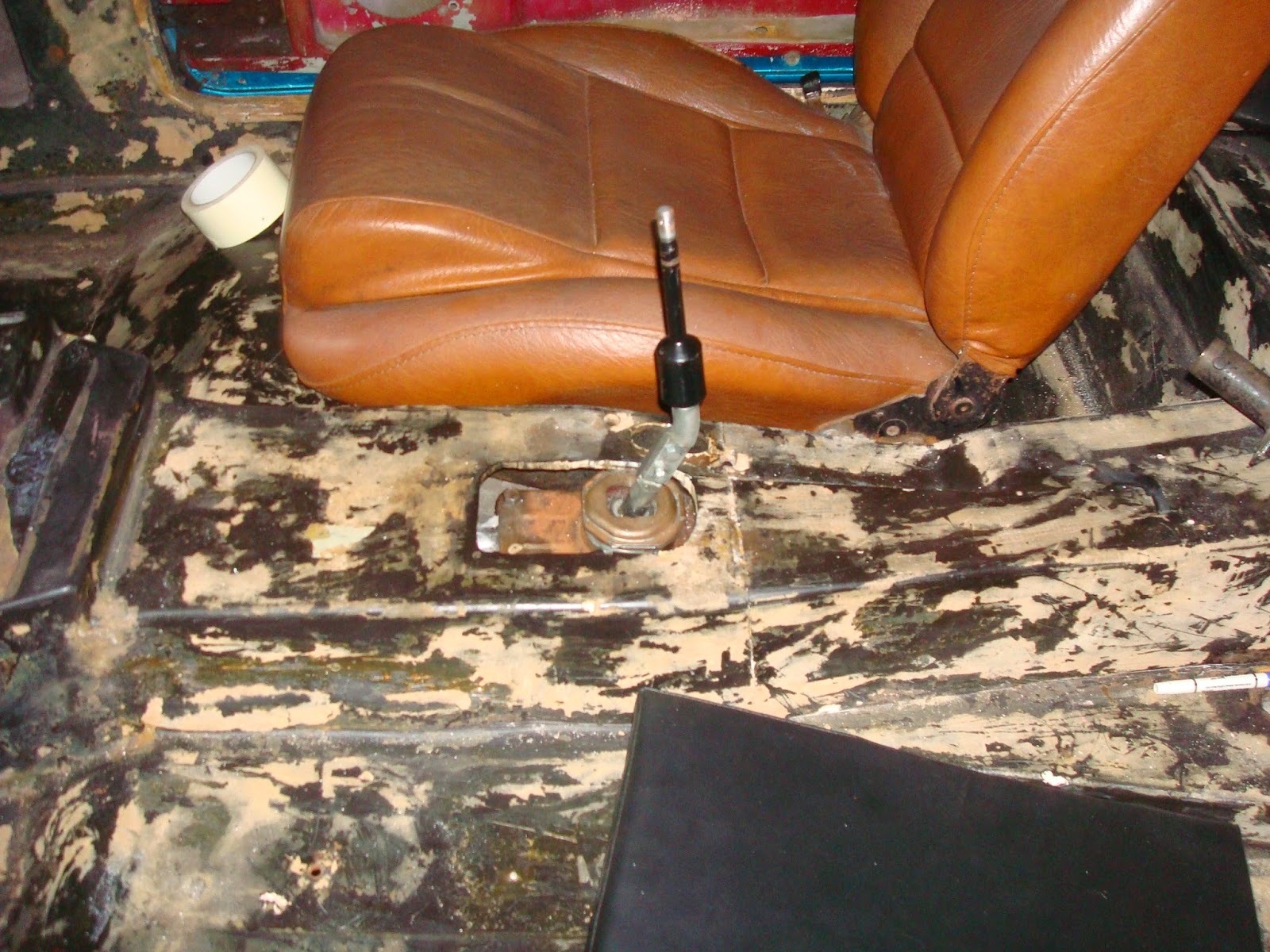After blasting the all the wishbones and the steering arms I proceeded to acid etch prime, paint and lacquer them. I decided to Go with a Black finish on most of the suspension components apart from the wish bones which I did in a Rover blue.
A noticeable difference between the pre and post blasted and painted wishbones. After the lacquer i proceeded to clean out the paint from the bush holders on the wishbones with a flapper wheel on a cordless drill.
The uprights were coated in black, (the red primer managed to get through the masking a bit sadly and had to be cleaned off the machined faces) but i found that the black gloss take take well and was chipping easy. I fitted new Grease nipples to both the uprights after painting.
After this I proceeded to press the stub axles back into the uprights. I did this with the the castle nuts on the stub axles so not to damage the soft ends of the threads of the axles.
The top ball joints were a bit of a pain, obviously as its a spinning ball with a threaded stud its almost impossible to tighten to a suitable toque as once you start tuning the nut onto the ball the ny-loc bites and this transfers the toque from your spanner to the ball overpowering the friction cohesion between the ball joint and its socket causing the ball to spin. Therefore the nut has to be shocked tight with an impact gun. The nut of the all joint went on tight with an impact gun on a aprox 12-15 deg angle with a UJ as the stub axle rear nut prevented the gun even with an extension from applying the torque in a liar direction.
I next fitted the caliper carrier, steering arms and my new spacers temperately as a mock up with the old fasteners to make sure it all still went together. Some of the upright threads required a plug tap ran down them first to clear forty years of rust and dirt from the depth of the threads.
At first I thought I was satisfied and then after pressing the bushes into the wishbones and fitting the Nylon bearings and the newly chemically cleaned and polished brass bottom trunnions I decided I was not satisfied.
I have a good rate at a local powdercoaters and decided that acid etch wasn't going to cut it with this car, so the whole suspension system, front and rear and any other components I plan to salvage re going for blasting and coating.
More on the suspension to follow in much more detail








































